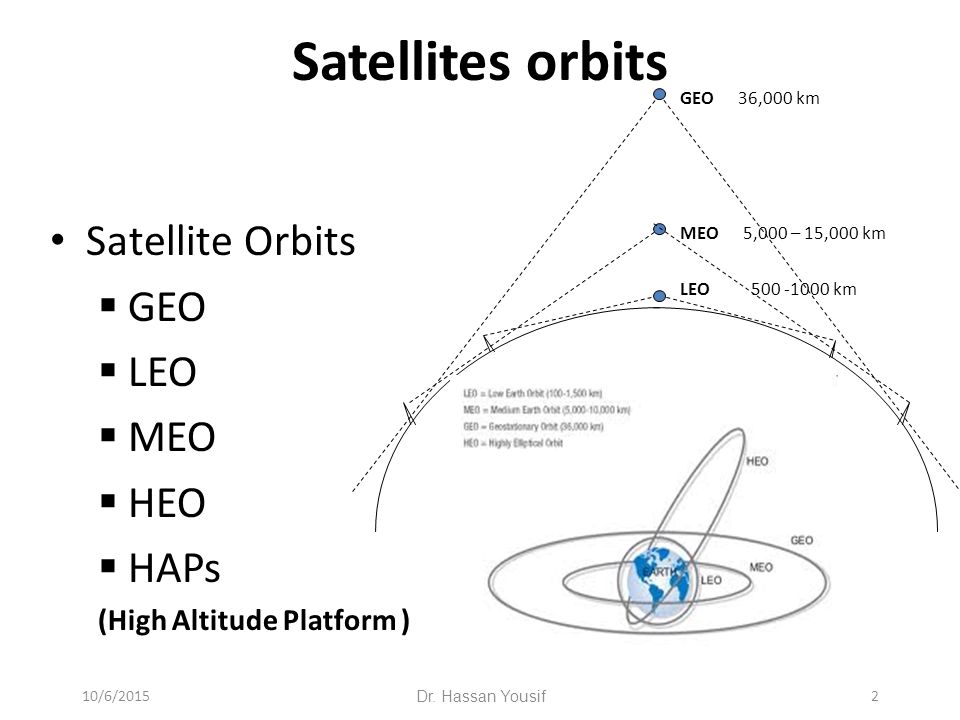On Thursday, the FCC green-lighted SpaceX's ambitious plan to launch their minisatellite broadband network. This comes right after SpaceX's successful test of two test satellites in February.
In 2015, Elon Musk announced the creation of project StarLink. The goal is to build a satellite broadband network that offers fiber-like access from anywhere in the world.
To achieve this, they plan to launch 4425 minisatellites and build the largest Low Earth Orbit (LEO) constellation to date. Just to put this into perspective, according to the Index of Objects Launched into Outer Space in 2017 there where 4635 satellites in orbit around Earth. That's an increase of 8.91% compared to 2016. SpaceX intends to double that total in less than six years.

Musk isn't chasing a crazy dream though. There are existing satellite providers like Iridium or Intelsat. However, both networks rely on old and bulky technology. Some, like Intelsat, orbit in high altitude geostationary orbit (~36.000 km). It gives them much larger coverture of the planet's surface but adds massive latency problems. These networks are suitable for non-critical connections, but not for low-latency


